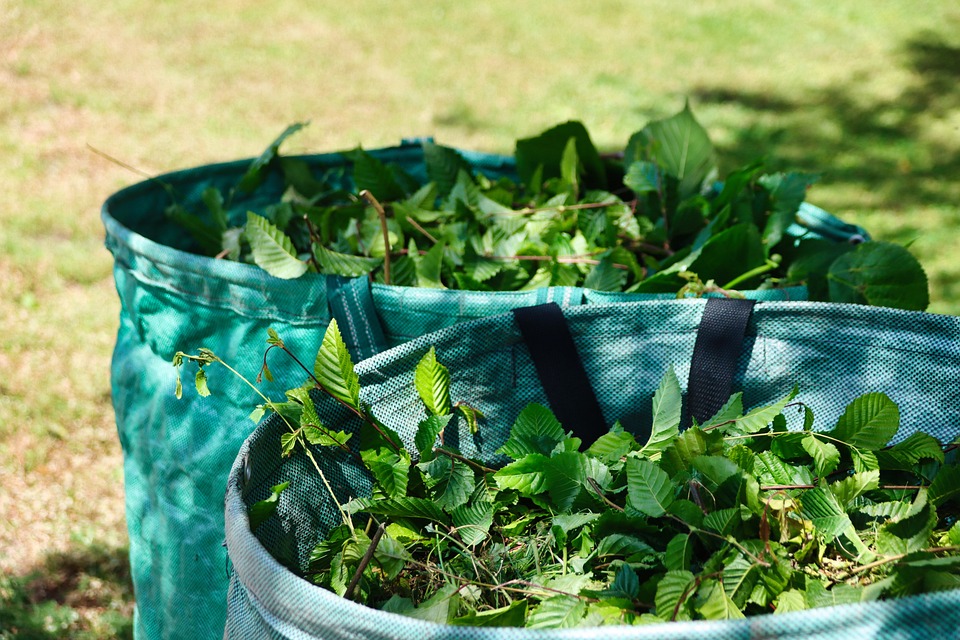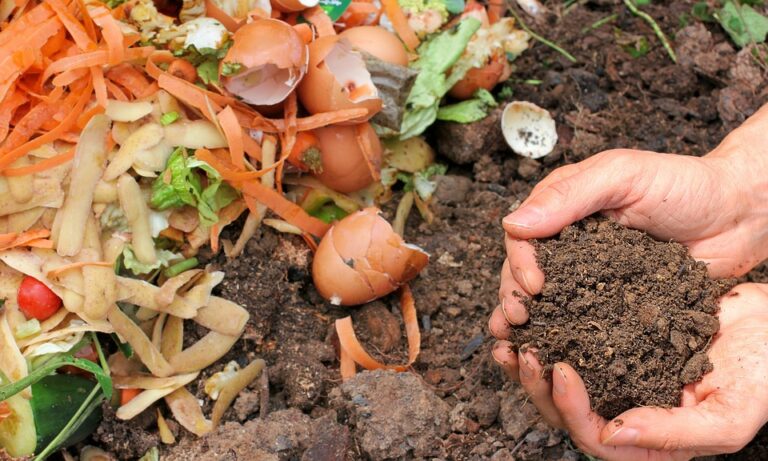What is the Best Bin for Composting at Home?
With landfills filled with man-made trash, composting at home is a necessary step to reducing your waste. If you’re planning to make your own compost at home, one of your mind-boggling decisions is what bin to buy. You have to think about the amount of space you have for composting, what kind of waste you normally produce, and what method works for your home. Indoors or outdoors? Tumbler composting or vermicomposting? Read on to find out the best bin for composting at home, whatever space or method you use.
The Best Bin for Composting with Different Methods

Before you choose the best bin for composting, you have to consider which of the types of at-home composting work best for you. In this way, you can choose the container that is most apt for your home setup. Some examples of home composting methods are pile composting, bokashi, tumbler composting, and vermicomposting.
Pile Composting
Everyone expects composting to look exactly like this: stacking up a variety of organic materials in a backyard. This is what traditional composting is and is the most common type of at-home composting. It takes less effort because you’re essentially just dumping your waste in a pile. However, this method takes the longest time to produce your compost.
Pile composting, otherwise called backyard composting, requires a large space outdoors, necessitating a dedicated shack or space. If you have a backyard but only limited space, you do risk having the odor of your compost seep into your home especially if you’re adding kitchen scraps into your pile and not just garden waste. Using a pile composting bin can help trap any repugnant smells as well as heat that can promote faster composting.
The best bin for pile composting has got to be a sturdy and well-aerated model such as the DF Omere 110-Gallon Composter. Its lid keeps pests and rodents away while keeping the heat in, accelerating the decomposition process. It is also made with BPA-free recycled plastic which is sturdy, protects the contents from UV rays, and is free from toxins.
Tumbler Composting
Sensitive to sights and smells? You’re going to want to keep your compost sealed and easy to mix through tumbler composting. According to Captain Planet Foundation, the tumbler composting method is also best if your home has a smaller area and is prone to animal pests. This might not be the preferred way for those with young children or adults with back issues since these dependents could possibly tinker with the tumbler. However, if you want to harvest compost faster, tumbler composting has a high turnover rate.
In the tumbler method, your choice of composting bin really matters. You will need something efficient and durable, a bin reliable enough that you can mix your organic materials conveniently for years to come.
All of these are checked with the best bin for composting in the tumbler method: the VIVOSUN Outdoor Tumbling Composter Dual Rotating Batch Compost Bin. No need to get down and dirty to mix your organic materials since you can simply spin the VIVOSUN tumbler to mix the contents for you. With air vents and a premium metal frame, just put on your gloves to place any additions to your compost in one of two hatches. After that, you can rotate the compost weekly as you normally would.
Bokashi
You zero-waste fans have to look into Bokashi if you want to reduce a wider selection of food scraps and other materials. This type of composting engages in a fermentation process when you place bran into your mixture of scraps. The catch is that you can include dairy and meat into your mix, unlike with other types of composting.
If you have a tinier space and want to optimize your indoor area for composting, Bokashi might be the method for you. All you need is a composting bin or bucket to place your gathered materials and bran. What composting container would suit your style?
If your home is small and you need every inch for one appliance or another, the All Seasons Indoor Composter Starter Kit is the best use of your space. It was made for the countertop with its odor-trapping body, allowing you to keep it in the kitchen— the most convenient place to keep your food scraps.
Another plus with the All Seasons Indoor Composter Starter Kit is that you can keep it for any time of the year. Whether it’s a warm summer or chilly winter, you will be able to save your scraps and accomplish your zero-waste goals.
Vermicomposting
All types of composting need microorganisms of some kind to break down the organic materials, but vermicomposting adds the extra twist of earthworms to the mix. These little guys can take care of themselves while you’re away, so you won’t have to keep mixing as you would with other kinds of composting. Vermicomposting can be done whether you have a one-bedroom apartment or a mansion if you have the right bin.
The best bin for composting with earthworms is the Worm Factory 360, a compact farm for your little wiggly friends and your food scraps. With 4 different trays to home the worms, you can add your new scraps to one tray and harvest another tray for mulch. This efficient cycle will allow you to produce more compost continuously, and thus, recycle more of your organic waste.
The Worm Factory 360 is a great tool for those who don’t have a backyard since it’s odorless and compact, saving you space and allowing you to keep it in the home. If you want something that can work for an indoor or outdoor setting, this bin’s long-lasting structure is a keeper.
The Bottom Line
Which composting method works for you? Do you have enough backyard space and want to save your time and energy by pile composting? Maybe you have a smaller area and wish to try bokashi or vermicomposting instead. If you have a larger outdoor area but no time to manually mix your compost every week, you might want to look into tumbler composting. Now that you can check which method of composting is best for you and your lifestyle, you will surely be able to select the best bin for composting in your home.
From Garden to Table and Table to Garden
We have what you need to start growing your own food indoors or outdoors, as well as turning your food scraps into your own organic fertilizer.








